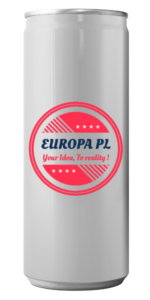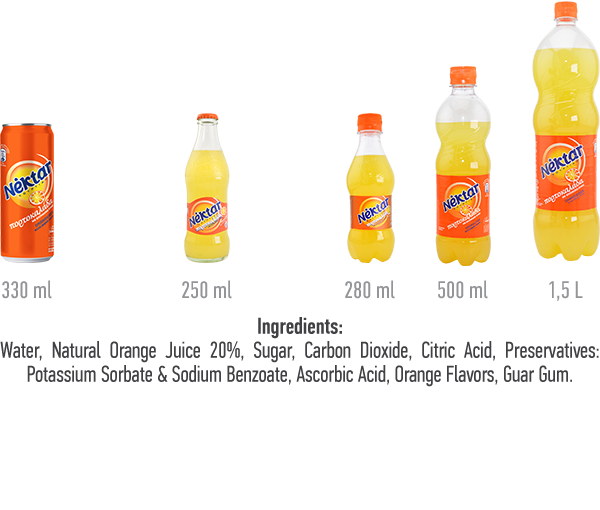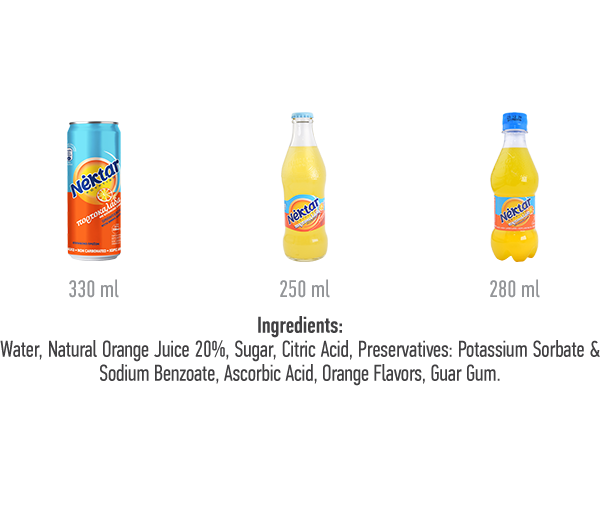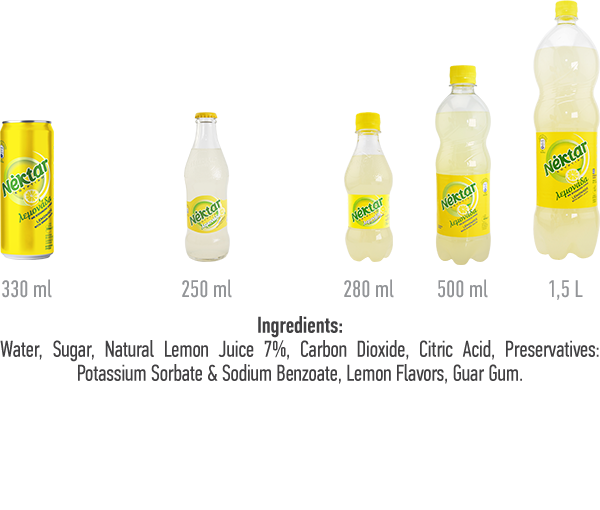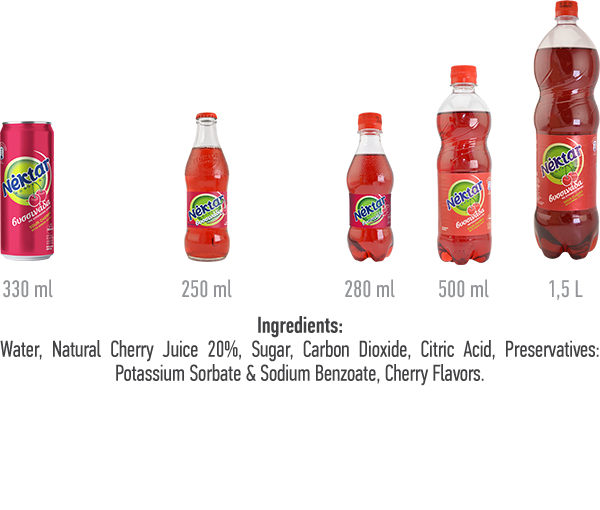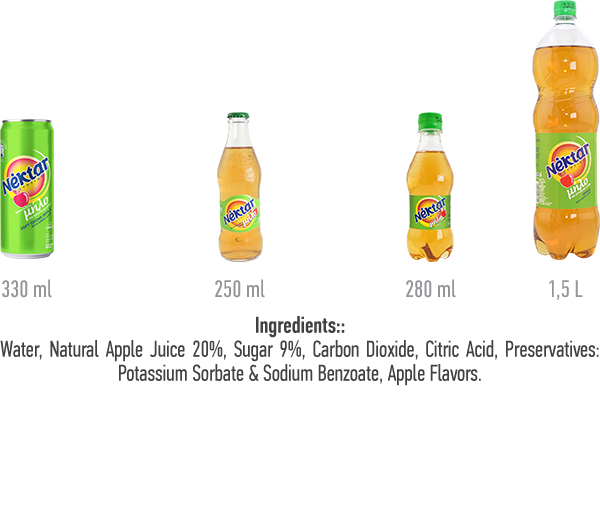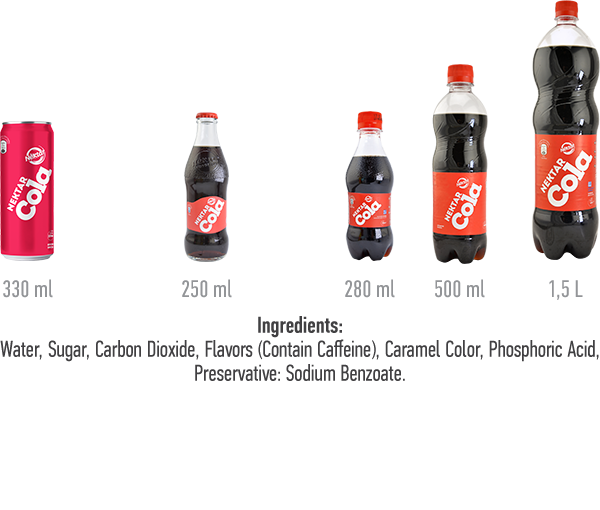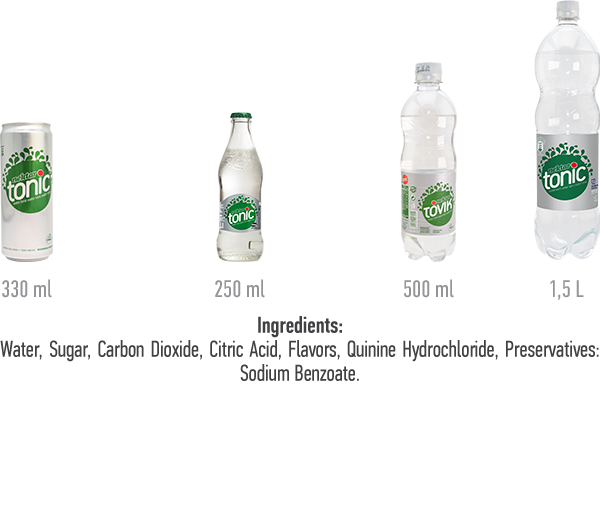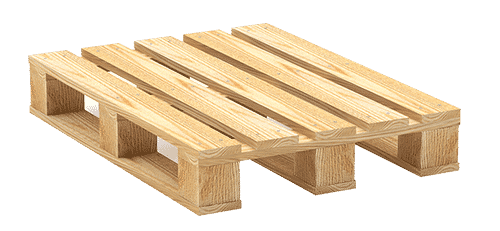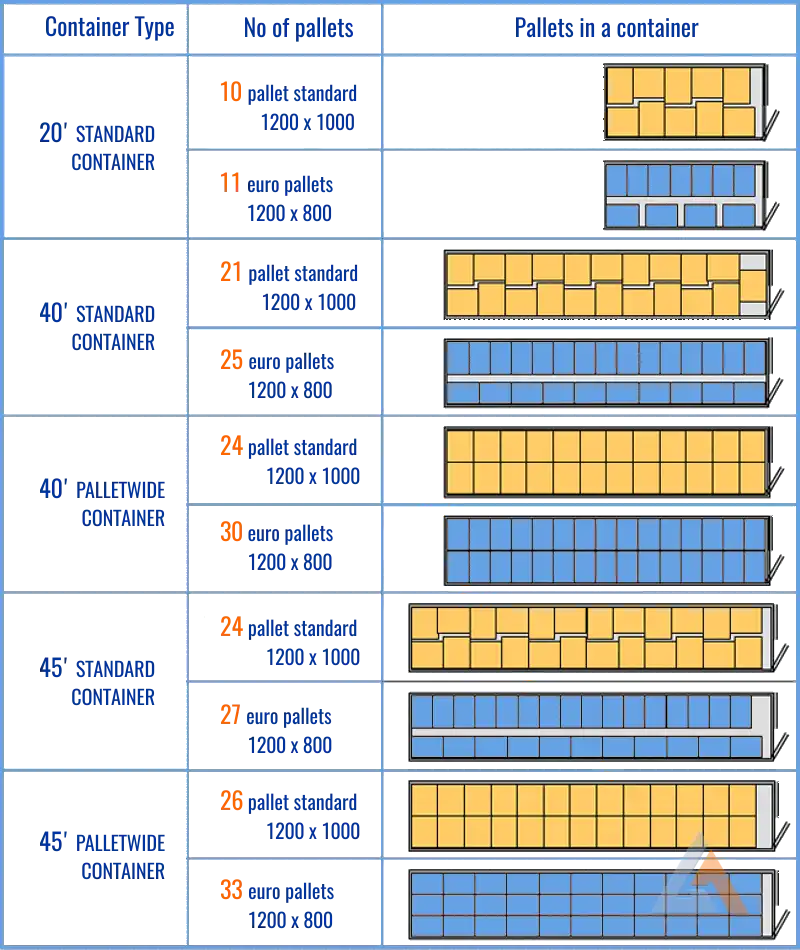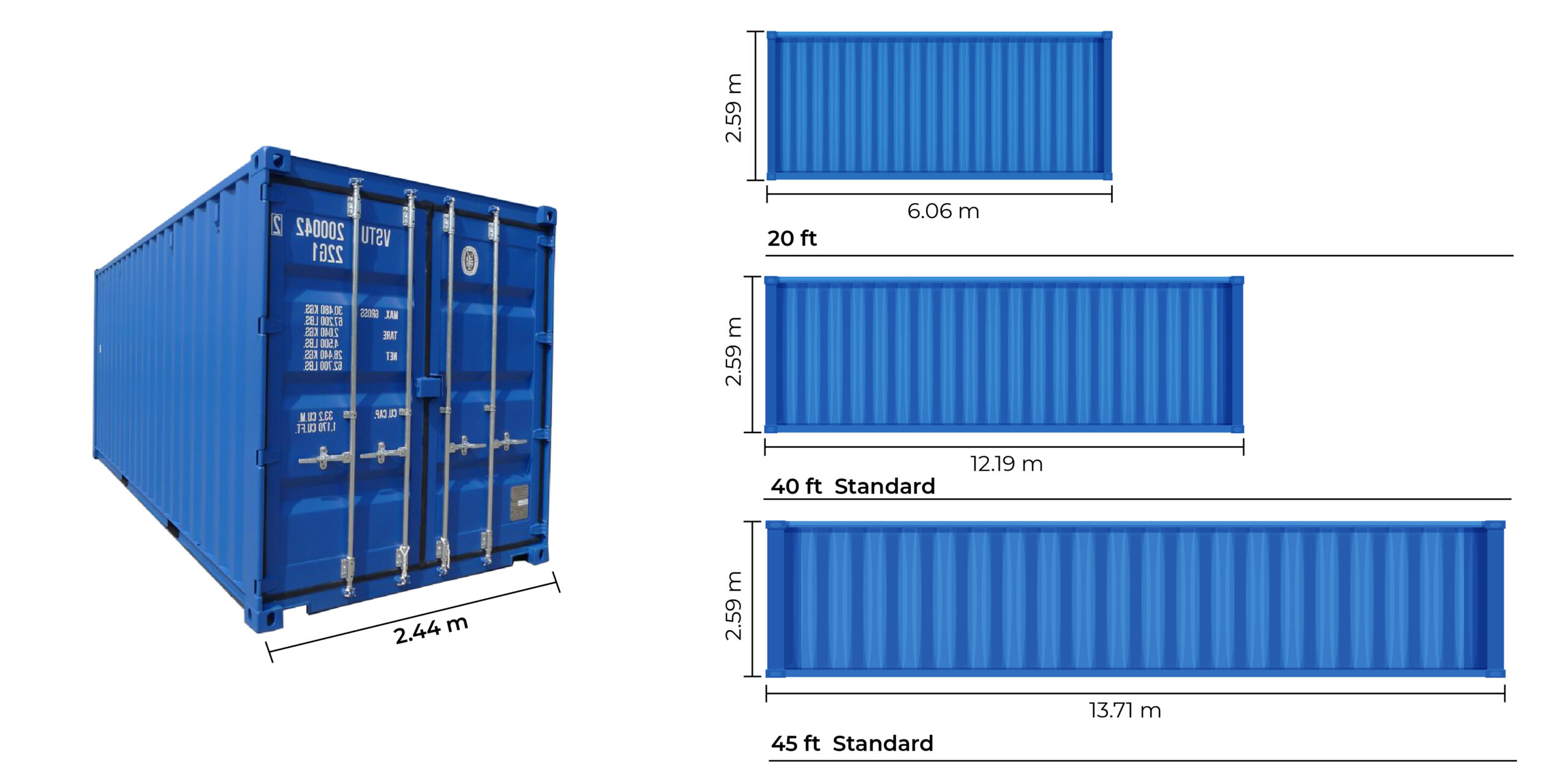Soft drinks, also known as carbonated beverages, sodas, or fizzy drinks, are non-alcoholic beverages that are typically flavored and carbonated. They are usually sweetened with sugars or artificial sweeteners and come in a variety of flavors. Soft drinks are enjoyed by people of all ages and are often served cold.
Some popular soft drink flavors include cola, lemon-lime, orange, root beer, ginger ale, and various fruit flavors. Soft drinks are widely available in cans, bottles, and fountain dispensers at restaurants and convenience stores.
It’s important to note that while soft drinks can be refreshing, they are often high in sugars and calories, which can contribute to weight gain and dental issues if consumed in excess. Opting for healthier beverage options like water, herbal teas, or natural fruit juices is recommended for overall health.





